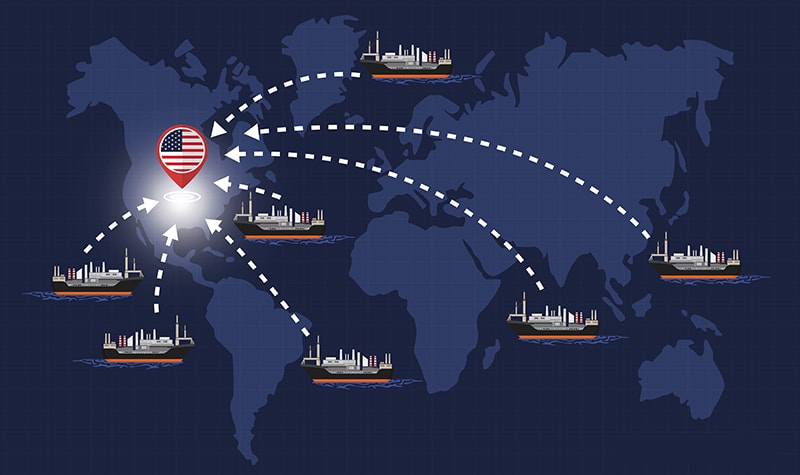What to Consider Before You Shift

One trend driving the growth in manufacturing jobs has been reshoring–the practice of bringing manufacturing back to the United States. Reshoring activities were estimated to create more than 225,000 jobs in 2022, according to a Reshoring Initiative report.
Some of the most iconic names in American innovation and manufacturing are building factories in the United States. Intel broke ground in Ohio on a $20-billion project to build two semiconductor-fabrication plants. General Motors plans to produce batteries in Michigan and Tennessee to support its electric-vehicle ambitions.
“Made in America” has become popular again. One reason is increasing labor and logistics costs in countries that were previously popular outsourcing destinations, such as China. Geopolitical tensions, trade disputes, and concerns about intellectual property theft have also led companies to reconsider their reliance on foreign suppliers.
The pandemic accelerated the reshoring trend, as disruptions to global supply chains created shortages of raw materials and key components. Many companies are now looking to shorten their supply chains and source more products domestically to address vulnerabilities and become more resilient.
Shifting production is a multi-faceted global strategy. Here are some thought starters for consideration:
Evaluate the current market. Customers may say they prefer American-made products but the sentiment only goes so far when they start comparing prices. The reality is that customers often choose the cheapest suppliers.
By making products closer to your customers, you will be able respond quicker to demand signals and new trends. Proximity to clients also makes you more resilient to supply and transportation disruptions and lets your customers keep their inventories lean.
Consider government incentives. In an effort to revive domestic semiconductor manufacturing and boost competitiveness, the federal government approved $280 billion in subsidies over the next 10 years. About 10% of funds will be tax credits to private industry to boost chip production. The incentives will help offset the cost of reshoring due to higher labor costs and tighter regulations in the United States.
Determine the best location. Transportation, infrastructure, and an available skilled workforce have always been key factors in site selection. Climate change is also becoming a factor. As the frequency and severity of extreme weather events increases, businesses and developers recognize the importance of choosing locations that are less vulnerable to these risks. There is also recognition of how climate change will affect existing infrastructure, such as the availability of water resources.
Assess labor supply. A growing skills gap and low unemployment have created shortages of workers in various industries, especially those that require highly skilled engineers and technicians. The good news is that local governments, colleges and universities are working together to overhaul education and training programs to produce new workers and retrain skilled labor.
Communicate with suppliers and customers. It is essential to consistently communicate transformation. Suppliers may need to adjust to new delivery schedules, while customers may need to adjust to new pricing structures.
Companies producing goods and services closer to home are also contributing to a rebound of U.S. manufacturing, which will make our economy more resilient.

